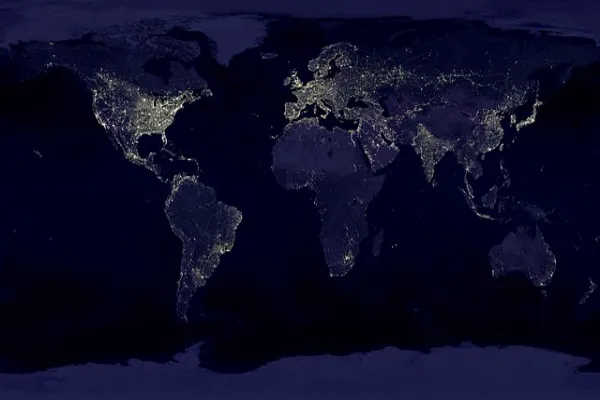Facts About the Continents
Introduction
The Earth’s continents, diverse and distinctive, form the foundation of our planet’s geographic identity. From the expansive plains of Asia to the icy landscapes of Antarctica, each continent tells a unique story shaped by its history, geography, and the people who inhabit it. This article takes you on a journey across the continents, unveiling intriguing facts that showcase the remarkable diversity and wonders of our world.
- Asia: The Largest and Most Populous Continent Geography: Asia is the largest continent, covering about 30% of the Earth’s land area. It is home to diverse landscapes, from the vast deserts of the Middle East to the towering peaks of the Himalayas. Population: With over 4.5 billion people, Asia is the most populous continent. China and India alone account for more than a third of the world’s population.
- Africa: The Cradle of HumanityBiodiversity: Africa is renowned for its rich biodiversity, with some of the world’s most iconic animals, including elephants, lions, and giraffes. The continent is also home to the Congo Rainforest, the second-largest tropical rainforest on Earth. Great Rift Valley: The Great Rift Valley, stretching over 4,000 miles, runs through East Africa and is considered the birthplace of humanity. It’s a geological wonder marked by dramatic landscapes and ancient fossils.
- North America: A Tapestry of Landscapes Great Lakes: North America is home to the Great Lakes, the largest group of freshwater lakes by total area in the world. These massive bodies of water play a crucial role in the continent’s ecology and economy. Yellowstone National Park: Located primarily in the United States, Yellowstone National Park is the first and oldest national park in the world. It boasts geothermal wonders, including the famous Old Faithful geyser.
- South America: The Land of Contrasts Amazon Rainforest: South America hosts the Amazon Rainforest, the largest rainforest on the planet. This incredible ecosystem is home to an astonishing array of plant and animal species. Andes Mountains: The Andes, the longest mountain range in the world, traverse the western edge of South America. They are home to iconic peaks like Aconcagua and are rich in mineral resources.
- Europe: A Mosaic of Cultures Size and Diversity: Despite being the second-smallest continent, Europe is incredibly diverse in terms of cultures, languages, and landscapes. It has a rich history and is home to numerous UNESCO World Heritage Sites. European Union: The European Union, a political and economic union of 27 member countries, has played a significant role in fostering cooperation and unity among European nations.
- Australia: The Island Continent Unique Wildlife: Australia is known for its unique wildlife, including kangaroos, koalas, and the elusive platypus. The Great Barrier Reef, located off the coast, is the world’s largest coral reef system. Outback: The vast Australian Outback is a striking landscape of deserts and arid expanses, showcasing the continent’s rugged beauty.
- Antarctica: The Frozen Frontier Ice and Isolation: Antarctica is the coldest, windiest, and driest continent. It is covered by a thick ice sheet that holds about 60% of the world’s fresh water. Scientific Research: Despite its inhospitable conditions, Antarctica is a hub for scientific research. The Antarctic Treaty, signed by numerous countries, designates the continent as a zone for scientific cooperation and bans military activities.

Conclusion
The continents, with their unique features and contributions to the planet’s biodiversity, culture, and history, form an intricate tapestry that defines our world. From the icy expanses of Antarctica to the vibrant cultures of Asia, each continent offers a wealth of wonders waiting to be explored and appreciated. As we continue to study and appreciate the diversity of our planet, the continents stand as testaments to the extraordinary nature of Earth’s geography.